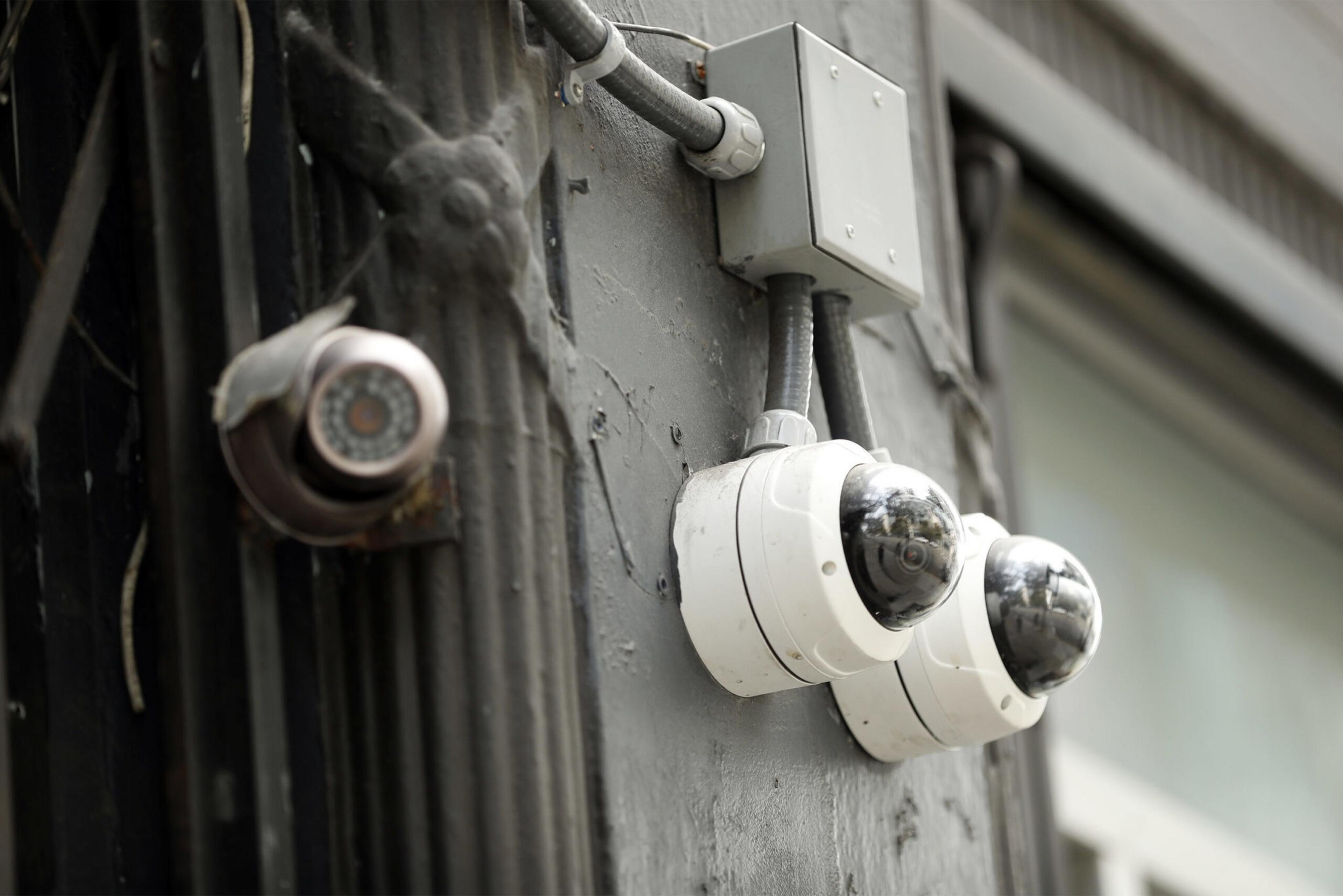San Francisco police braced for the possibility that local protests over the Memphis police killing of Tyre Nichols could escalate into riots by getting the go-ahead to watch live surveillance footage of the demonstrations, new records show.
The Jan. 27 protests in San Francisco fizzled out without police finding a need to actually view the live video, according to police and a spokesperson for the Union Square business group that granted access to its cameras.
But civil liberties advocates are concerned that such requests for live-monitoring during protests will become routine for police, even before a crime is committed or a mass disturbance has unfolded.
“What we saw was that this protest was very small and peaceful, but that didn’t matter,” said Matthew Guariglia, a policy analyst with the nonprofit Electronic Frontier Foundation (EFF). “Live access came first.”
The records, which the EFF obtained from the Union Square Alliance, offer an early look at how police are beginning to use live-video monitoring under new rules approved by City Hall late last year in a contentious decision.
The rules allow police to request live access to cameras not owned by the city for specific reasons, including during criminal investigations and to deploy officers during large events.
While the rules are meant to protect civil liberties, Guariglia fears that it is still too easy for police to conduct live surveillance during protests. People should be able to demonstrate against police violence without “fear of reprisal or retribution,” he said.
The newly revealed request for live-monitoring is among at least four others that police have made since the beginning of the year. The department also used live-monitoring to investigate fentanyl dealing and the sale of stolen goods, The Standard reported last week.
The department did not disclose its request to the Union Square Alliance until Monday, after The Standard asked about it.
This would not be the first time outrage over a police killing spurred police to request live-monitoring.
In 2020, the EFF and the American Civil Liberties Union of Northern California sued San Francisco alleging that police broke a law restricting the use of new surveillance technologies by live-monitoring footage of Union Square after protests over the killing of George Floyd were followed by widespread looting.
While a judge ruled against the EFF and ACLU, the ruling is under appeal.
After those legal troubles, police went to the Board of Supervisors and got rules passed allowing it to live-monitor cameras for specific reasons.
Police asked the Union Square Alliance for permission to live-monitor cameras on Jan. 27 in response to planned protests over the City of Memphis releasing video footage showing its officers beating Nichols.
“The use of live monitoring will allow SFPD to prevent potential felony vandalism and major looting and crimes that are generally associated with the civil unrest as seen in previous events,” a police commander wrote in the request. “This will allow SFPD situational awareness to re-deploy the necessary resources.”
The Union Square Alliance approved the request “in the interest of protecting the safety of the members of the public,” the records show.
The Union Square Alliance is a community benefit district that provides public safety and other services for the shopping area, and also operates a large network of privately funded surveillance cameras.
A Union Square Alliance spokesperson said Monday that both the group and the police followed the rules for approving the live-monitoring. However, the group said police did not view the footage because the protest “didn’t rise to the level of something for which viewing would be needed.”
News clips show only a small group of people marched up Market Street holding signs protesting police violence.
“At no time did we use live-monitoring on that date during anticipated civil unrest surrounding the death of Tyre Nichols,” a police spokesperson said.
Board of Supervisors President Aaron Peskin, who passed the law restricting the use of new surveillance technologies, said he would be concerned if police used live-surveillance during the protest, but gave police credit for not moving forward with viewing the footage in real time.
“That shows me that there is some level of mature judgment,” he said.
